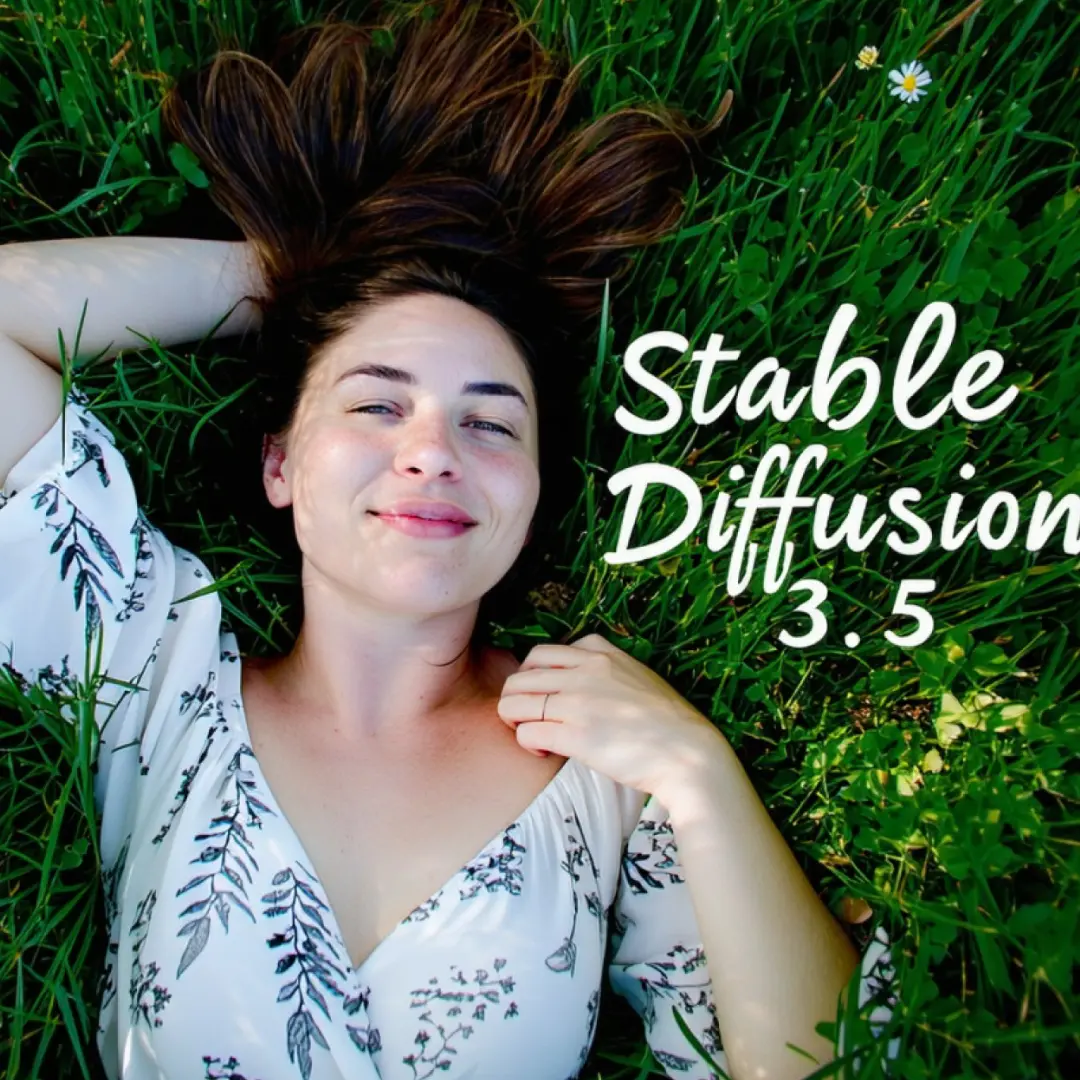ComfyUI Node: FL Chatterbox TTS
FL_ChatterboxTTS
CategoryChatterBox
filliptm (Account age: 2084days) Extension
ComfyUI_Fill-ChatterBox Latest Updated
2025-06-02 Github Stars
0.11K
How to Install ComfyUI_Fill-ChatterBox
Install this extension via the ComfyUI Manager by searching for ComfyUI_Fill-ChatterBox- 1. Click the Manager button in the main menu
- 2. Select Custom Nodes Manager button
- 3. Enter ComfyUI_Fill-ChatterBox in the search bar
Visit ComfyUI Online for ready-to-use ComfyUI environment
- Free trial available
- 16GB VRAM to 80GB VRAM GPU machines
- 400+ preloaded models/nodes
- Freedom to upload custom models/nodes
- 200+ ready-to-run workflows
- 100% private workspace with up to 200GB storage
- Dedicated Support
FL Chatterbox TTS Description
Facilitates text-to-speech conversion for AI projects with high-quality audio output and dynamic model loading.
FL Chatterbox TTS:
FL_ChatterboxTTS is a node designed to facilitate text-to-speech (TTS) conversion, enabling you to transform written text into spoken audio. This node is particularly beneficial for AI artists and developers who wish to incorporate natural-sounding speech into their projects, enhancing user interaction and accessibility. The node leverages advanced TTS models to generate high-quality audio outputs, ensuring that the synthesized speech is both clear and expressive. It supports dynamic loading and unloading of models based on device compatibility and user preferences, optimizing resource usage and performance. By providing a seamless interface for TTS operations, FL_ChatterboxTTS empowers users to create engaging audio content with minimal technical overhead.
FL Chatterbox TTS Input Parameters:
device
The device parameter specifies the hardware on which the TTS model will be loaded and executed. It can be set to either a CPU or a GPU, depending on the available resources and desired performance. Utilizing a GPU can significantly speed up the TTS process, especially for large models, while a CPU may be more suitable for smaller tasks or when GPU resources are limited. There are no explicit minimum or maximum values, but the options typically include "cpu" or "cuda" for GPU usage.
keep_model_loaded
The keep_model_loaded parameter determines whether the TTS model should remain in memory after the speech generation process is complete. Setting this parameter to True allows for faster subsequent TTS operations by avoiding the need to reload the model, which is beneficial for batch processing or repeated use. Conversely, setting it to False will unload the model after each use, freeing up memory resources but potentially increasing the time required for future TTS tasks. This parameter is a boolean, with True and False as the possible values.
FL Chatterbox TTS Output Parameters:
audio_data
The audio_data output parameter contains the generated speech in a structured format. It includes the waveform of the synthesized audio and the sample rate at which it was generated. The waveform is a numerical representation of the audio signal, which can be used for playback or further processing. The sample rate indicates the number of samples per second in the audio, affecting the quality and fidelity of the sound. This output is crucial for integrating the TTS results into multimedia applications or for further audio manipulation.
message
The message output parameter provides a textual log of the TTS process, including information about model loading, execution status, and any errors encountered. This feedback is valuable for debugging and understanding the node's behavior, especially when troubleshooting issues or optimizing performance. The message can include notifications about model reuse, unloading, and any unexpected errors that may have occurred during the TTS operation.
FL Chatterbox TTS Usage Tips:
- To optimize performance, consider using a GPU by setting the
deviceparameter to "cuda" if available, as this can significantly reduce processing time for large TTS models. - If you plan to perform multiple TTS operations in succession, set
keep_model_loadedtoTrueto avoid the overhead of repeatedly loading and unloading the model, which can save time and computational resources.
FL Chatterbox TTS Common Errors and Solutions:
"An unexpected error occurred during TTS"
- Explanation: This error indicates that an unforeseen issue occurred during the text-to-speech conversion process, which could be due to a variety of factors such as model loading failures, device incompatibility, or input data issues.
- Solution: Check the
messageoutput for specific details about the error. Ensure that the device specified is available and compatible, and verify that the input text is correctly formatted. If the problem persists, consider unloading the model and reloading it to clear any potential cache issues.
"Unloading previous TTS model (device mismatch or keep_model_loaded is False)"
- Explanation: This message occurs when the node detects a mismatch between the current device and the one used for the loaded model, or when the
keep_model_loadedparameter is set toFalse. - Solution: Ensure that the
deviceparameter matches the intended hardware for model execution. If you wish to keep the model loaded, setkeep_model_loadedtoTrue. If the device has changed, allow the node to unload and reload the model to ensure compatibility.
FL Chatterbox TTS Related Nodes
RunComfy is the premier ComfyUI platform, offering ComfyUI online environment and services, along with ComfyUI workflows featuring stunning visuals. RunComfy also provides AI Playground, enabling artists to harness the latest AI tools to create incredible art.




